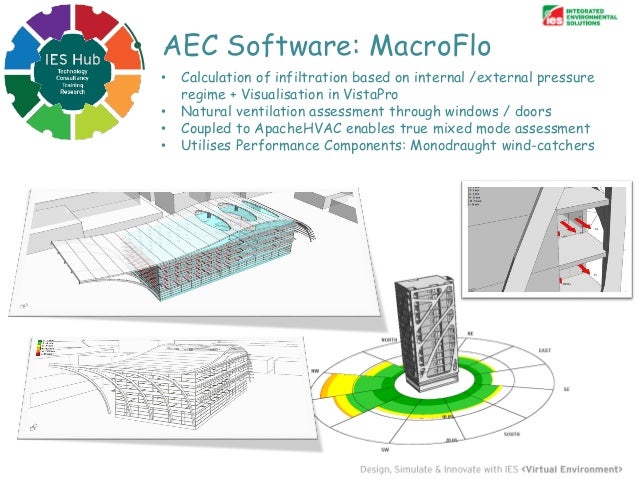
I am not saying you need to subdivide all large zones into many smaller spaces, but you always need to consider what effect your zoning is having on your results. We know orientation of a room can make a large difference in loads, so is it right we have a single point to consider multiple orientations at the same time? Does this change your lighting control strategy? Does it affect your conduction loss or gain through to adjacent spaces? Will the loads and therefore capacities of plant within these adjacent rooms change if you modify the zoning within this open plan space? This may be just as simple as an L shaped room. We understand perimeter zones will obviously experience heat losses as well as solar heat gains whilst internal zones will be subject to internal heat gains only, so why would we have a single zone for the whole open plan space? We need to consider what consequences this can have on our results. Once you consider your model and each of its zones to have a single computation point i.e a thermometer sitting in the centre of the zone recording temperature, it really makes you consider what detail the simulation tool and therefore equations are considering in a single instance.ĬIBSE Guide B suggests when considering large open plan offices, the floor area should be zoned so that differences in zonal heating and cooling load density (W/m2 of floor area) can be identified and catered for in the designer’s layout of the HVAC system. This is the main point people tend to forget. You also need to remember you only have a single computation point per volume, meaning we only have this single virtual sensor to take into consideration all these details accurately. Increasing the accuracy of the design will mean a more representative output. The same process is required for aligning your zoning to the controls or sensor locations. Then we need to have a different volume to assign or simulate this difference in information. This change will in turn change the results. However you may have a change in design. Maybe an architectural change such as an additional window, or maybe a difference within the M&E strategy, an extract system difference, different fan coil size or lighting control strategy. The thermal loss or gain between identical zones is negligible and therefore for an energy model you could model these areas as a single zone. But you may not subdivide all the toilets these could be included as a single zone, but only if the specification says so. We will subdivide this area to take into consideration a difference in specification through the WC’s, circulation and lift areas. Let’s take for example a core building zone. We all know you should subdivide your building to take into consideration difference in specification. How you input the specification into the model will all be dependent on the zoning of your geometry, and how the equations take into consideration these inputs are therefore significantly influenced by the zoning.

Simulations are essentially a solution to a set of equations based on the variables you input.

I hope they help some of you maybe think about your model in a slightly different way. The following points are some of my thoughts on this area. Maybe there is not enough guidance out there. Whether it is you completing energy efficiency, daylighting, building regulations, airflow, thermal comfort or HVAC design calculations all models need to be sub-divided effectively. Each calculation process uses the data from your model geometry in a slightly different way. There are no set standards to building geometry creation - there is guidance out there but it’s generally different guidance for differing calculation methodologies.

There is a fine line too many zones and the model becomes over complex, too few and the detail and therefore accuracy of results is lost. Zoning will be entirely up to you, the analyst / engineer, to decide where and where not it is applicable to subdivide your architectural design. You cannot just replicate your architectural plan and expect it to be perfect for energy or regulation compliance analysis. These are all reasons for zoning within any dynamic simulation model. Load tracking, stratification, heat gains, conduction, inter zonal air movements, plant specification or sizing, control strategy, computation restrictions.


 0 kommentar(er)
0 kommentar(er)
